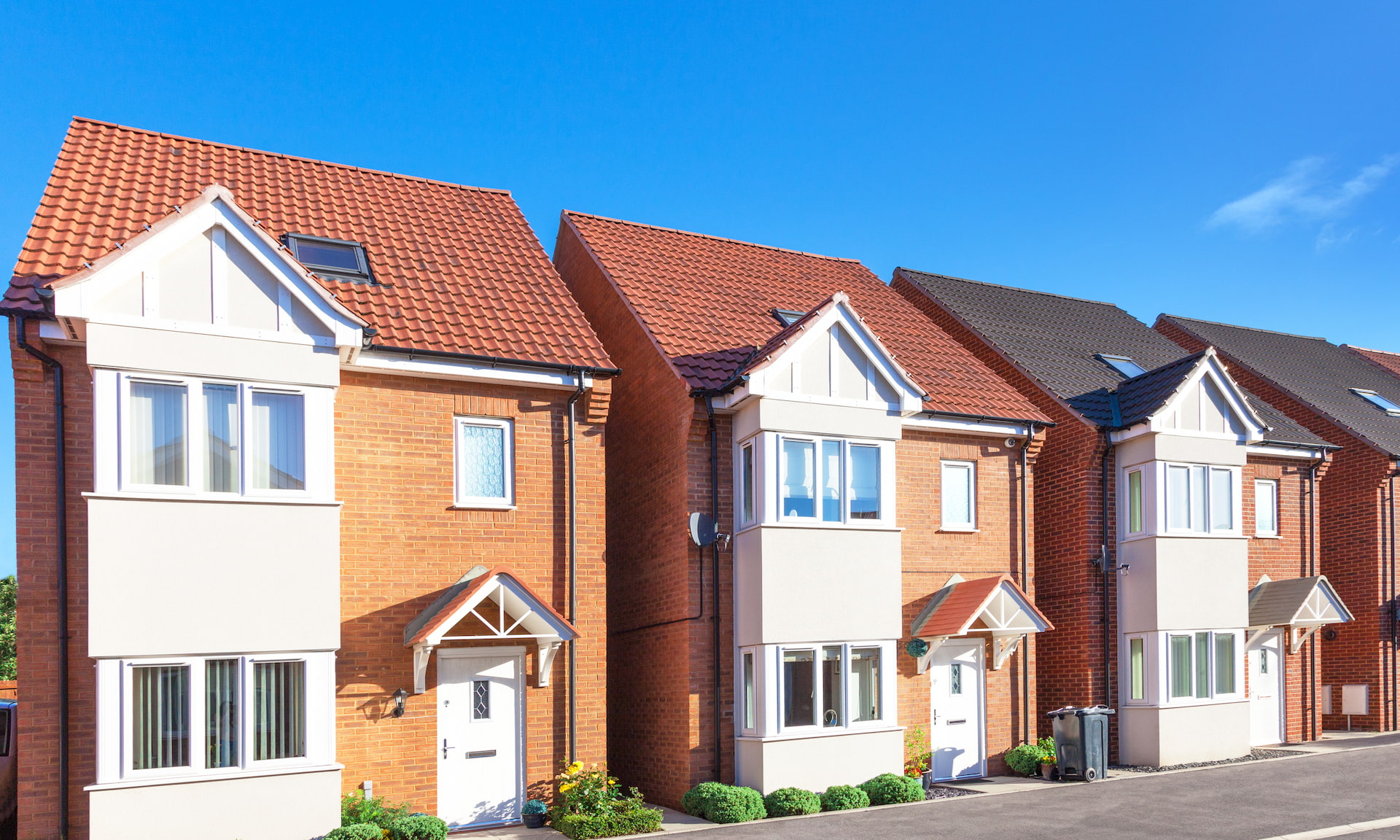
Rock-bottom mortgage rates have led to more homeowners borrowing additional sums when remortgaging.
Borrowing extra at a low rate could help you fund home improvements, but it’s not always the best method and could cost you more in the long run.
Here, Which? explains the pros and cons of adding to your mortgage, and outlines some of the alternatives available.
Half of homeowners borrow extra when remortgaging
Nearly half (49%) of homeowners who remortgaged in July borrowed extra cash.
That’s according to a new report by the conveyancing provider LMS, which found homeowners borrowed an additional £16,389 when refinancing their deals.
A third (32%) of people who remortgaged said their primary aim was to release equity from their property.
How does remortgaging to release cash work?
If you have a fixed-rate mortgage, you’ll make the same repayment each month for a set period of time – usually two or five years.
At the end of this period, you’ll need to remortgage or you’ll be moved on to your lender’s standard variable rate, which is usually considerably more expensive.
When you remortgage, you might be able to borrow extra cash on top of your outstanding balance – for example to fund home improvements, help a family member with a house deposit or pay off debts.
Will you be able to borrow more when switching?
Whether you’ll be able to borrow more when remortgaging depends on three factors.
- The amount of equity you own in the home: as you pay off your mortgage, the ‘chunk’ of the property you own will grow. Let’s say you took out an 80% mortgage (with a 20% deposit) five years ago. Over the last five years, you’ll have repaid thousands off your mortgage balance, meaning you’ll now own more than your original 20%. This means you may be able to remortgage at a lower loan-to-value ratio (say 70% or 75%) and have scope to borrow additional cash if you wish to.
- Whether your home has grown in value: property prices have risen significantly in the last few years, so there’s a good chance your home will be worth more than it was when you bought it. If your property has increased in value, this will boost your borrowing power when you come to remortgage.
- Your own circumstances: if you remortgage like-for-like with your current lender, you generally won’t have to undergo affordability assessments. If, however, you switch to another bank or apply to borrow extra cash, you’ll need to undergo checks to ensure you can afford the new repayments. These checks will take into account your income and job stability, as well as any debts.
Low mortgage rates tempt borrowers
Mortgage rates have been falling for the last few months, and have hit historic lows at some loan-to-value levels.
These low rates may have led to some homeowners believing that borrowing extra on their mortgage is the cheapest way of getting hold of extra cash.
The table below shows the current lowest remortgaging rates available at different loan-to-value brackets, according to data from Moneyfacts.
| Loan-to-value | Cheapest remortgaging rate |
| 60% | 0.84% |
| 75% | 0.94% |
| 80% | 1.47% |
| 85% | 1.65% |
| 90% | 2.05% |
Special rates for green home improvements
If you are looking to make energy-efficient home improvements, you might find that you can benefit from a lower rate than those above from your current provider.
That’s because some lenders are offering cheaper additional borrowing to customers making green improvements.
Nationwide is allowing customers to borrow £5,000-£25,000 at a rate of just 0.75%, while TSB offers a 0.5% discount for customers making improvements that reduce their emissions.
The green mortgage market is growing, so it’s worth giving your lender a call or chatting to a mortgage broker if you’re thinking of making energy-efficient improvements.
Live more sustainably – get our free Sustainability newsletter to make changes for you and the planet
Is adding to your mortgage the cheapest way of borrowing?
Adding to your mortgage might appear cheaper than taking out a personal loan or credit card.
If you’re looking to borrow £20,000 over five years, the best personal loan rates are just under 3%, but the rate you get will depend on your circumstances.
Those looking to borrow smaller sums can get a credit card offering 0% on purchases for up to 22 months.
Despite low rates, borrowing extra on your mortgage isn’t a no-brainer. The key thing to be aware of is that the extra borrowing will usually be paid off over the same term as your mortgage, meaning you’ll pay more in interest.
For example, adding £20,000 to your mortgage at 2% over 20 years won’t increase your monthly outgoings as much as an equivalent personal loan over five or eight years would, but the interest that accrues over the term could mean you pay back more in the long run.
When to avoid remortgaging to borrow more
There are some circumstances where adding to your mortgage is best avoided.
You’re midway through your current deal period
Switching deals mid-term can be very expensive, as some mortgages come with high early repayment charges.
These charges reduce the longer you have the deal, but can be as much as 5% of the mortgage balance in the first year of a five-year fix.
If you’re mid-deal and want to explore your options, it’s worth contacting your lender to ask whether it can offer an additional sum. In this instance, there’s no guarantee that the extra borrowing will be at the same rate as the rest of your mortgage, so make sure you weigh up alternatives before proceeding.
You’re already borrowing at a high loan-to-value
If you have a high loan-to-value mortgage (for example 90% or 95%), a couple of year’s worth of repayments won’t have made a significant dent into the balance or given you long enough to build up much equity.
If this is the case, you may struggle to borrow more when remortgaging, or you may find it pushes you on to a more expensive rate. In these circumstances, it may be best to hold off for a while or find an alternative.
You’re renovating ahead of selling your home
If you’re improving your home to boost its value before selling, consider whether renovating the property really makes financial sense.
Spending a large sum (and taking on more debt) in an attempt to increase a property’s value is a gamble – and won’t necessarily give the uplift you hope for in the short term.



